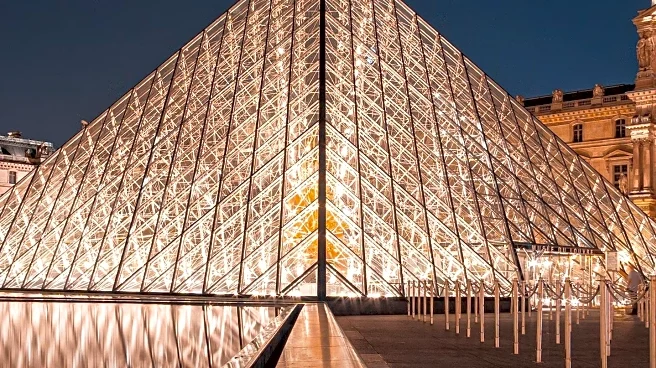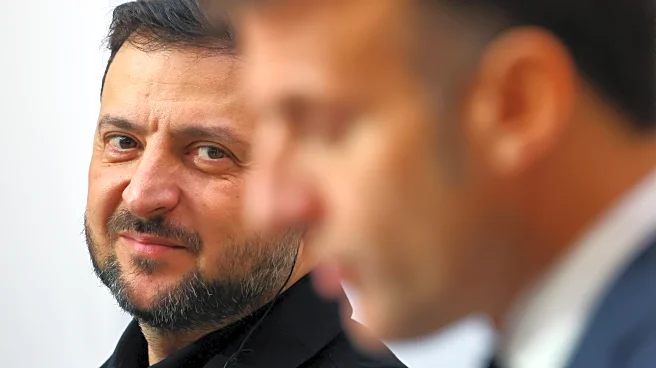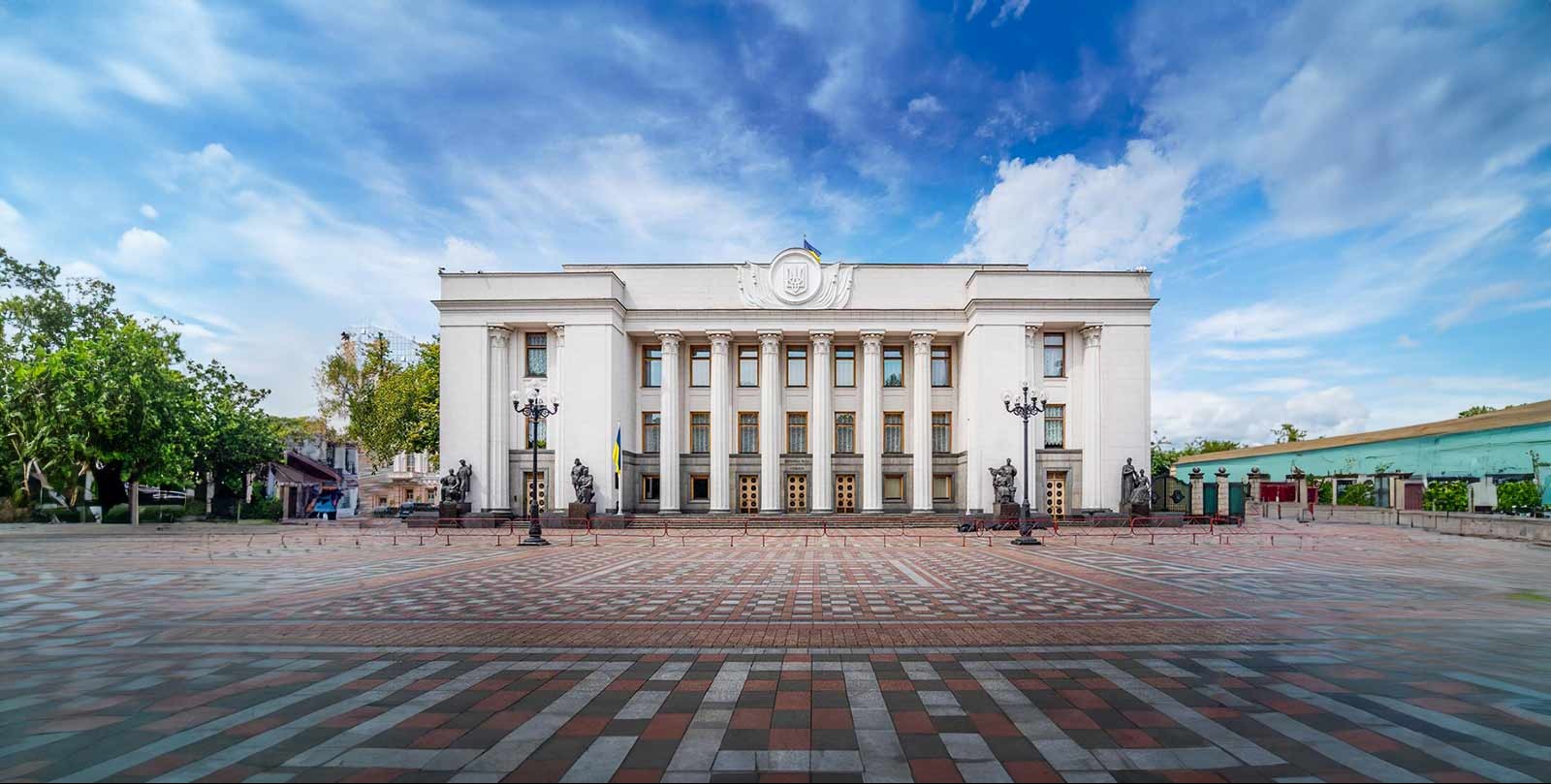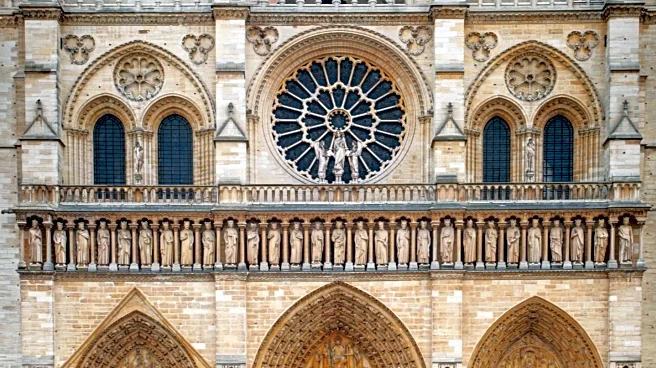What's Happening?
The Louvre Museum in Paris has temporarily closed its Campana Gallery and some employee offices due to structural concerns. A technical report identified the fragility of certain beams supporting the floors
in the southern part of the Louvre’s Sully wing. This closure affects the Campana Gallery, which showcases ancient Greek ceramics, and the offices of 65 employees. The museum is collaborating with engineers to assess the damage and ensure safety. This development follows a large-scale renovation project announced by French President Emmanuel Macron, valued at over €800 million, aimed at modernizing the museum's infrastructure.
Why It's Important?
The closure of parts of the Louvre highlights significant structural issues within one of the world's most visited museums, potentially impacting its operations and visitor experience. The museum's decision to act on the structural report underscores the importance of maintaining safety and preserving cultural heritage. The broader renovation project, including the construction of new spaces and a new entrance, reflects efforts to modernize the museum and enhance its global standing. The situation also raises concerns about the preservation of artworks and the working conditions of museum staff, which could influence future funding and policy decisions regarding cultural institutions.
What's Next?
The Louvre is expected to continue its investigation into the structural issues and proceed with necessary repairs. The museum's broader renovation plans, including the construction of new spaces, are likely to progress, with funding partly sourced from increased ticket prices for non-European Union visitors. The museum's management may also face pressure to address staff concerns about working conditions and security, especially following recent incidents of theft. Stakeholders, including the French government and cultural organizations, may closely monitor the situation to ensure the museum's long-term viability and safety.
Beyond the Headlines
The structural concerns at the Louvre may prompt a reevaluation of maintenance and preservation strategies for historic buildings globally. The situation highlights the challenges faced by cultural institutions in balancing modernization with the preservation of historical integrity. Additionally, the museum's efforts to enhance security and improve visitor facilities could set a precedent for other museums facing similar challenges. The involvement of international partners, such as the Louvre Abu Dhabi, in funding the renovations underscores the global significance of the Louvre as a cultural landmark.













